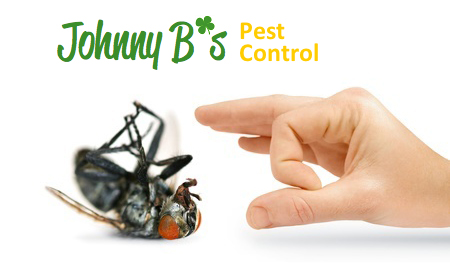The common house fly (Musca domestica), the common fruit fly (Drosophila melanogaster) blowflies (Calliphoridae sp.), and other airborne insect species that are commonly referred to as “flies” belong to the order Diptera, which is one of the most species-rich insect groups in the arthropod community. Other insect groups in the Diptera order include mosquitoes, gnats, midges, and nearly all two-winged arthropod species. Fly pests can be divided into two groups–biting fly species that are exclusively outdoor pests, and filth fly species that are capable of establishing reproductive populations within homes and buildings.
Outdoor fly pests like horse flies and black flies inflict painful and injurious bites in order to feed on human blood, and like most insect pests that parasitize humans, many biting fly pests are capable of transmitting several disease-causing microorganisms to humans, and especially horses and livestock. Biting flies can transmit multiple viral, bacterial, protozoan, and nematode pathogens to numerous animal species, and humans, though biting flies do not pose a significant medical threat in the US. The deer fly (Chrysops discalis) may be the most medically significant biting fly pest species in the US, as they are capable of transmitting tularemia to humans in all areas in the country. This disease is commonly known as “rabbit fever,” and it’s frequently transmitted to humans by tick pests.
Horse flies, black flies, stable flies, and many other biting fly pest species are also known for inflicting bites that trigger severe allergic reactions, including potentially fatal anaphylactic episodes. These violent allergic reactions occur when the immune system overreacts to salivary proteins that biting flies inject into the bloodstream. Luckily, such reactions to bites inflicted by outdoor fly pests are rare, but massive swarms of black flies that emerge on the Massachusetts coast have been known to bite humans in large numbers simultaneously, sometimes resulting in significant blood loss.
The house fly is the most commonly controlled fly pest within and around structures in the US, and in many other parts of the world where they are considered a public health threat due to their habit of breeding on numerous forms of organic waste, such as excrement and rotting food. After house flies acquire pathogens from these breeding sites, they enter structures where they mechanically spread the pathogens to human foods and surfaces. Unsurprisingly, the Centers for Disease Control and Transmission consider the house fly to be a significant public health threat.
Have you ever been attacked by a swarm of biting flies?

